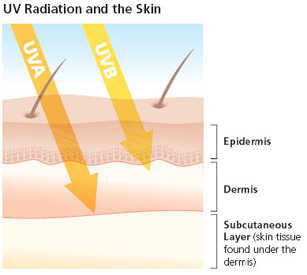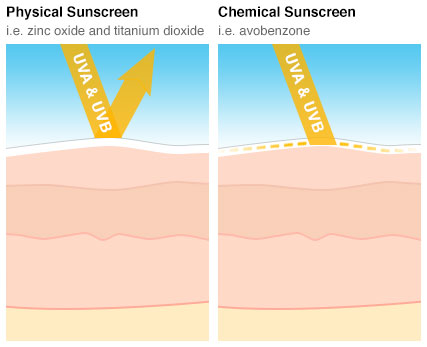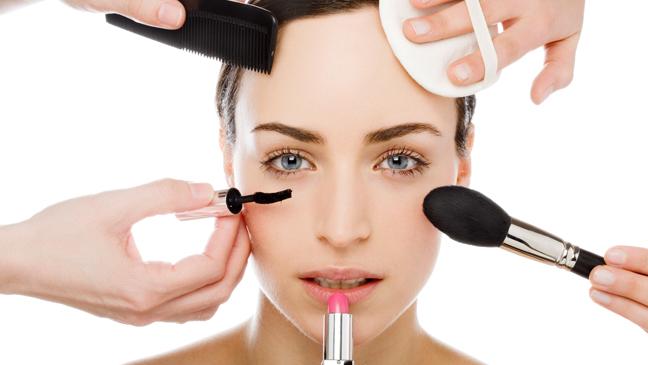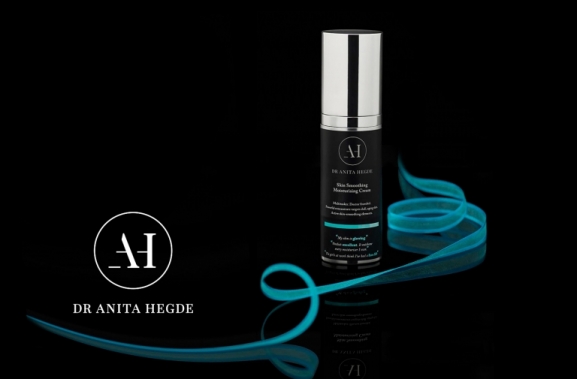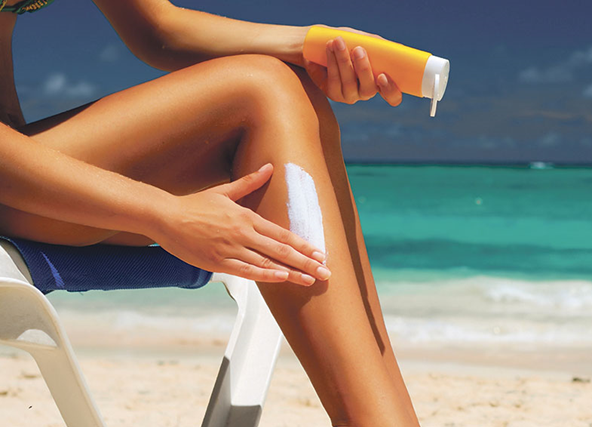
Sometimes there’s more to just slapping on some sunscreen to protect your skin from the sun’s harmful rays. Like, did you know there are different types of sunscreen for different types of UV rays? And what exactly is the difference between SPF 15, 20, and 30?
MORE: Every Beach Lover’s Must Haves
Different types of sunscreen: physical SPF and chemical SPF
A physical sunscreen is something that will protect your skin from the sun by deflecting and shielding its rays. Physical sunscreens contain titanium dioxide and zinc oxide, which all sounds like a bunch of gibberish unless you know what they mean. Basically, those ingredients are what protect against both types of the sun’s rays UVA (penetrates deep into the skin, is the cause of wrinkling) and UVB (penetrated the surface skin, is the cause of burning and skin cancer). Physical SPF’s also work straight after you apply them, and are better for sensitive skin. If you are prone to breaking out on your face, try a physical SPF.
Chemical sunscreens work by absorbing the sun’s rays and are also knows as ‘organic sunscreens’. Chemical sunscreens have more ingredients that a physical sunscreen, and offer slightly better protection against UVA and UVB rays. These types of sunscreens tend to be more irritating on the skin and are mostly used on the body. The best sun protection is activated 20 minutes after applying.
The difference between SPF 15, 30, and 50
The most common mistake people make when buying sunscreen is thinking that SPF 50 has more UV protection than a lower SPF. When in actuality there is little to no difference between them. SPF is a measurement of the amount of UV rays you are exposed to, not the period of exposure. It works like this:
- SPF 15 blocks 93% of UVB rays
- SPF 30 blocks 97% of UVB rays
- SPF 50 blocks 98% of UVB rays
The main thing to remember when wearing sunscreen is to reapply every 2 hours, and SPF 15 offers just as much protection as anything higher.
Images via acne.org, skincancer.org, theresekerr.com

